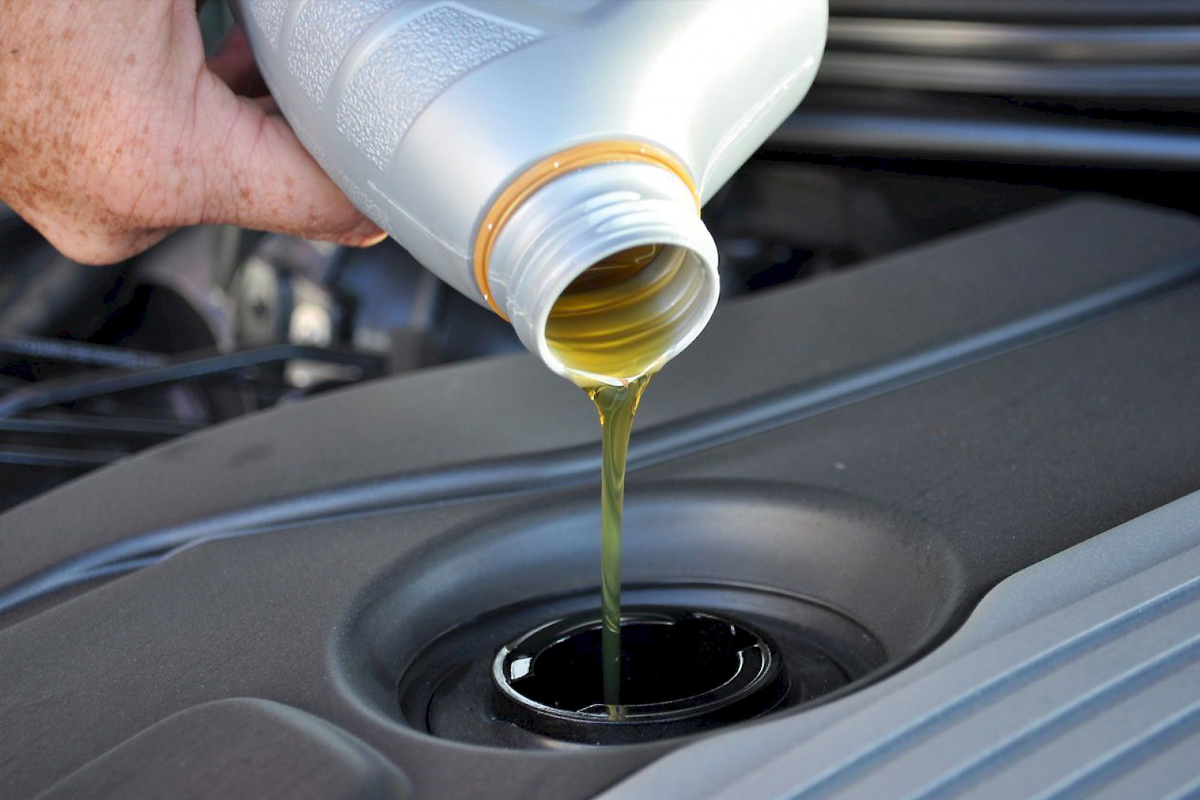Oil changes are a regular and necessary procedure for any car, essential for the smooth operation of the engine. While many car owners prefer to entrust this process to professionals, changing the oil is not complicated and can be done independently if you have the necessary tools and knowledge. Let’s go over the basic steps for changing your car’s oil yourself.
Preparation for Oil Change: What Do You Need?
Before starting the oil change, make sure you are well-prepared and have everything you need.
New Oil
Choose an oil suitable for your car model. The type and amount of oil required can be found in the car’s manual or on the manufacturer’s website. Pay attention to the oil viscosity appropriate for the season and climate.
Oil Filter
It’s recommended to replace the filter with every oil change, as it clogs over time and reduces filtration efficiency. Like with the oil, ensure the filter matches your car model.
Oil Filter Wrench
This tool helps unscrew the old filter neatly. If you don’t have a special wrench, you can use universal pliers but be careful not to damage the filter.
Oil Drain Pan
Any container wide and stable enough to collect the used oil will work. Ensure the pan capacity is at least equal to the amount of oil required for your car.
Gloves and Funnel
Oil can be hot, and spills are hard to clean, so it’s best to protect your hands and clothing. A funnel will help pour the new oil without spilling around the filler opening.
With all materials and tools prepared, you can proceed to the next step — draining the old oil.
Draining the Old Oil
To effectively drain the old oil, the car should be slightly warm but not hot. Warm oil flows better, allowing for more contaminants to be removed, but oil that’s too hot can cause burns, so allow the engine to cool slightly after driving.
Preparation for Draining
Park the car on a level surface and engage the parking brake. Use a jack and stands if you need to lift the vehicle for easier access to the drain plug.
Locate the drain plug — it’s usually on the bottom of the engine oil pan. Place the drain pan under the plug before unscrewing it.
Oil and Filter
Carefully unscrew the drain plug with a wrench, being cautious to avoid burns. Once loosened, the old oil will start to flow out. Allow it to drain completely, which will take a few minutes.
Remove the old oil filter using the filter wrench. Be prepared for a bit of oil to remain in the filter. After removing it, gently clean the area where it was attached to ensure smooth oil flow.
Screw the drain plug back in, making sure it’s tight but not over-tightened. Too much force can damage the plug or strip the threads, leading to oil leaks in the future.
Installing the New Filter and Adding New Oil
Once the old oil is fully drained, it’s time to install the new filter and add fresh oil.
New Filter
Before installing the filter, apply a small amount of fresh oil to the seal ring – this will improve sealing and make it easier to remove next time. Hand-tighten the filter until it fits snugly, but don’t use excessive force to avoid damaging the seal.
New Oil
Locate the filler cap in the engine compartment, unscrew it, and carefully insert the funnel. Pour in the specified amount of oil according to the car manual, but avoid filling it to the maximum. Leave a little room to adjust the oil level at the end.
Oil Level
After adding the oil, wait a few minutes for it to settle in the oil pan, then remove the dipstick, wipe it clean, and reinsert it. Pull it out again to check the oil level — it should be between the “min” and “max” marks. If it’s slightly below, add a bit more oil.
Level Check
Start the engine for a few minutes and check for leaks under the car and around the filter. Once the engine has been running a bit, the oil will circulate through the system, and its level may drop slightly. Then turn off the engine, wait a few minutes, and check the oil level again. Add more oil if necessary.
Oil Disposal
Never pour used oil down the drain or onto the ground. Take it to designated recycling centers, often available at gas stations or auto service shops.
Changing the oil yourself is a simple but important procedure that helps save money and allows you to monitor the car’s condition.


